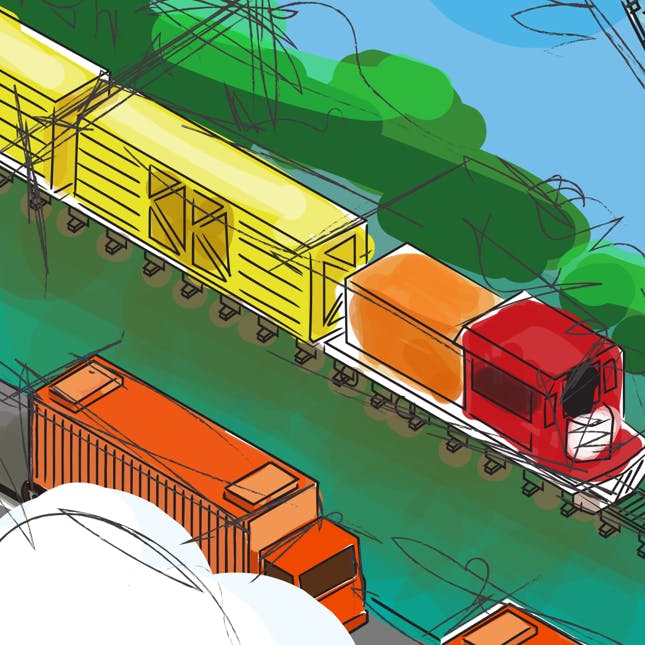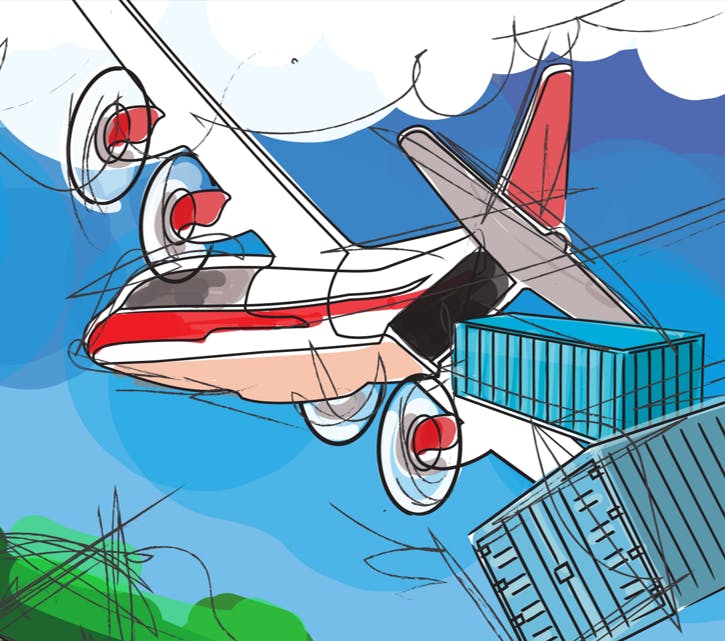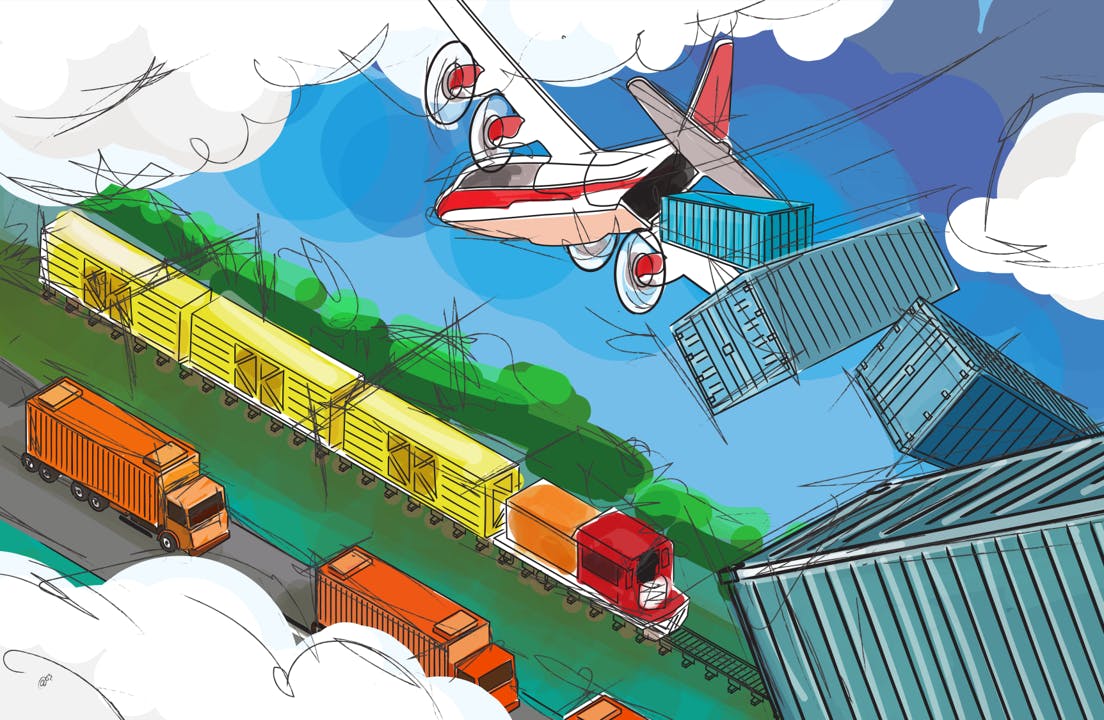
Retail

Aviation
Retail
Finding the optimal shipping modes and routes can reduce shipping costs substantially and improve the efficiency of your supply chain.
"Rail or truck transport? Both have their pros and cons. When I recently spoke with a supermarket that imports products from one country to another, they were in favor of transporting their goods by train as it’s more environmentally sustainable than by truck. However, it also means it’s less flexible in terms of time and location, and the biggest hassle: it calls for planning in advance. As there was generally a lot of uncertainty in the demand for the products at the supermarket, they didn’t believe they could schedule deliveries in advance, and therefore, they believed they were limited to truck delivery only and couldn’t make use of rail transport at all. Data proved their assumptions were wrong – it showed them there was a consistent base volume of approximately 7 containers. Advanced algorithms can solve these multimodal transport planning challenges. The supermarket has now established rail freight for the base volume and they keep the flexible option of truck transport whenever there are any additional products that require transport."

Aviation
One of the biggest challenges in aircraft maintenance is sourcing replacement parts. It starts with finding the right part, and then waiting for it to be delivered — which can take weeks.
"Upon receiving an engine for repair, the initial conditions and potential restoration requirements were unknown. The team investigated an engine for about a week to find out what components are needed, how many personnel needed to work on it, et cetera. They then wanted to receive the components as quickly as possible. All of this happened inherently reactive. Now, by tapping into airline data – including historical flight data – they can predict engine conditions. This proactive approach allows for improved anticipation of component needs and workforce needs, and results in more sustainable delivery when there’s no urgency anymore in receiving them. I enjoyed seeing how the engine team fosters a culture of innovation. Their work shows how innovation is also about embracing data and making small and incremental improvements in daily practices. On a weekly basis, they reflect on what went well and what could be better and how. That’s also a form of innovation: it doesn’t need to be groundbreaking breakthroughs."

About Lotte van Hezewijk
Lotte van Hezewijk is an Analytics Consultant at ORTEC focusing on the Supply Chain sector. She works closely with customers to solve supply chain challenges using data and analytics. Additionally, she’s a PhD student in Supply Chain Optimization at the Eindhoven University of Technology.



